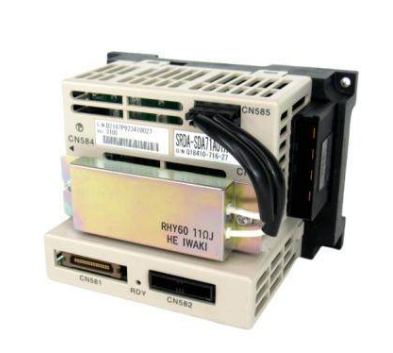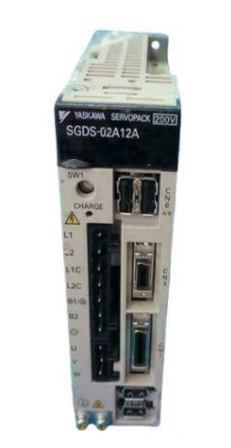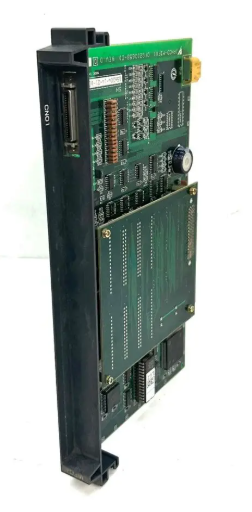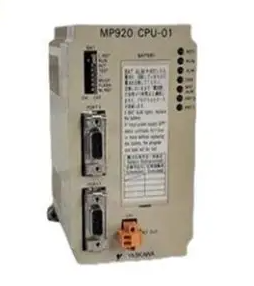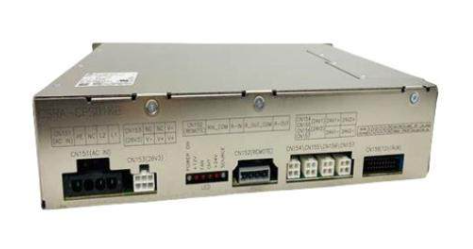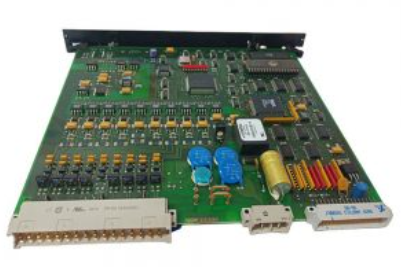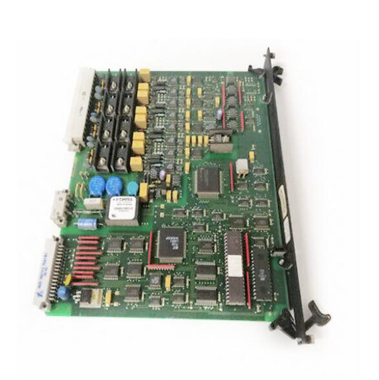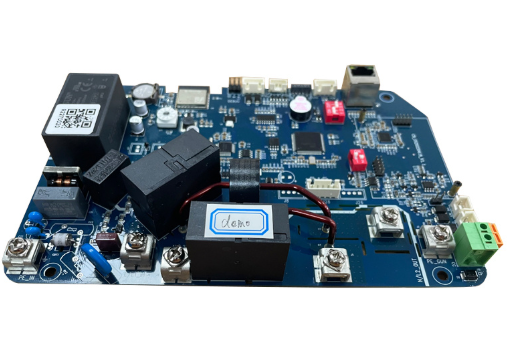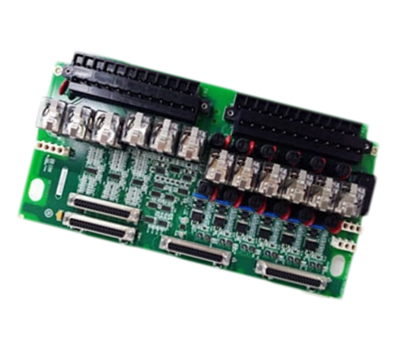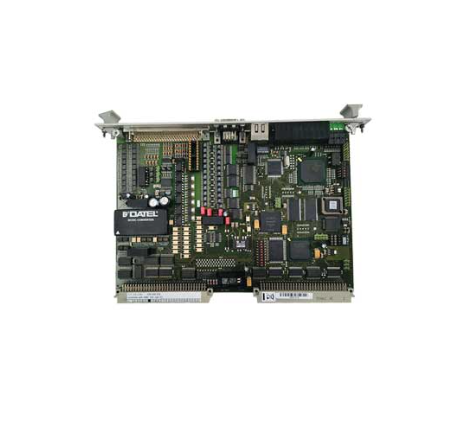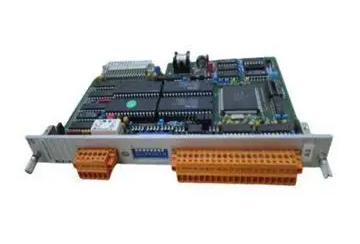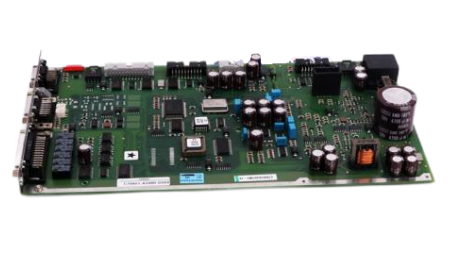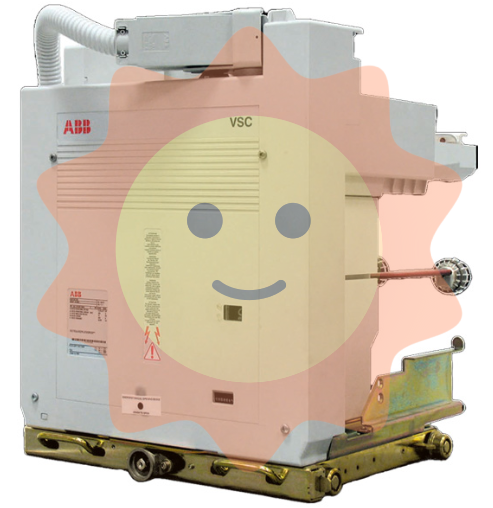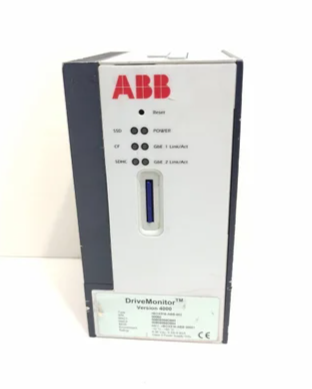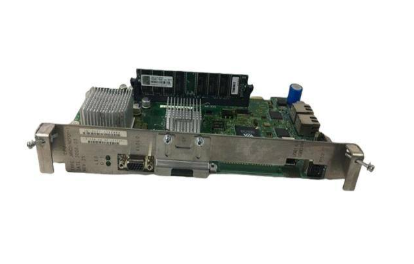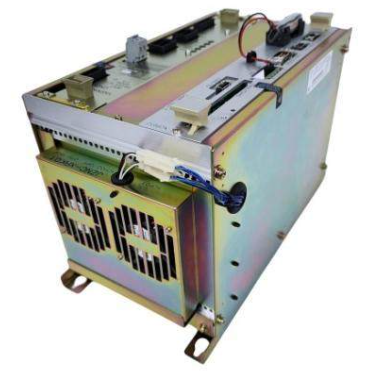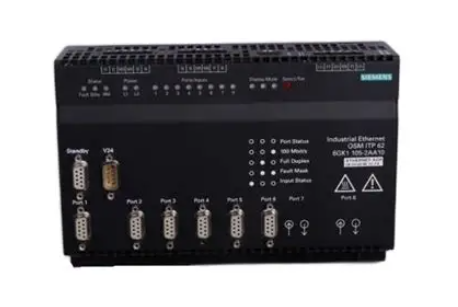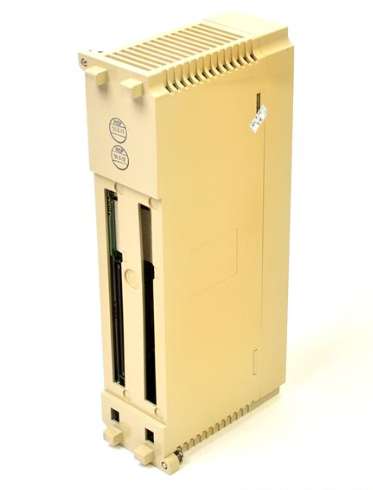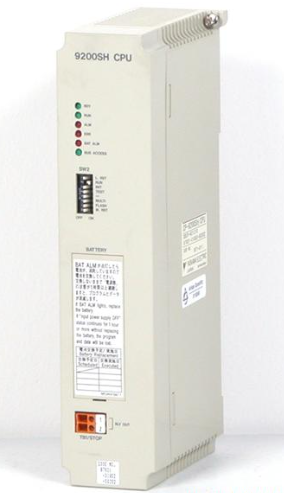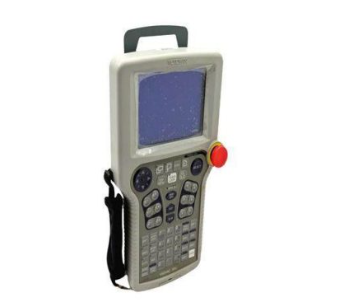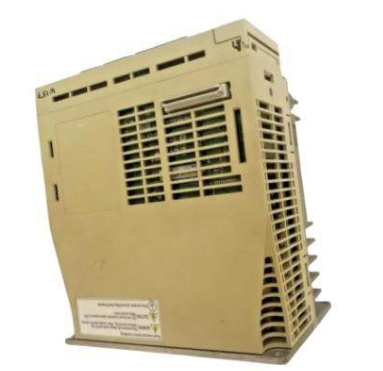AB 1756-IR6I ControlLogix Analog I/O Modules
AB 1756-IR6I ControlLogix Analog I/O Modules
Module Basic Information
Function Introduction: 1756 - IR6I, 1756 - IT6I, 1756 - IT6I2 These three modules are designed for temperature measurement. The 1756 - IR6I converts temperature by measuring resistance values, while the 1756 - IT6I and 1756 - IT6I2 measure temperature based on millivolt signals. They are able to linearise the analogue signals collected by the sensors into precise temperature values and are widely used in industrial temperature monitoring and control.
Data format selection: Two data formats are available: integer mode and floating point mode. Integer mode supports multiple input ranges, trap filters, real-time sampling, etc. Cold-side temperature measurement is only available on the 1756-IT6I and 1756-IT6I2 modules, but temperature linearisation, process alarms, digital filtering and rate alarms are not supported. Floating point mode has all features. The user must carefully select the appropriate data format for the application, e.g. for data processing accuracy and functionality.
Module Characteristics
Input Range and Signal Processing: Each module supports a variety of input ranges, including 1...487Ω, 2...1000Ω for 1756-IR6I, -12...78mV, -12...30mV for 1756-IT6I and 1756-IT6I2, and -12...30mV for 1756-IT6I and 1756-IT6I2, and -12...30mV for 1756-IT6I and 1756-IT6I2. ...30mV. A trap filter removes line noise from the application and can be set to 10Hz, 50Hz, 60Hz (default) depending on the expected noise frequency. The real-time sampling function enables the module to scan the input channel according to the specified real-time sampling (RTS) period and multicast the data after scanning, and the request packet interval (RPI) period can also be set.
Detection and Alarm Functions: Under-range/over-range detection function allows real-time monitoring of whether the input signal is out of the set range. Digital filters are available in floating-point mode to smooth the input data by setting the time constant, effectively reducing noise interference. Process alarm and rate alarm are also supported only in floating point mode. Users can configure four alarm trigger points, namely high, high - high, low, low - low, and alarm deadband according to their needs, and the rate alarm will be triggered when the rate of change of the input signal exceeds the set threshold.
Other functions: 10Ω offset function is used to compensate the small offset error of 10Ω copper RTD, the compensation range is - 0.99...0.99Ω. The module is equipped with a line break detection function, when a line break is detected, the input data of the corresponding channel will be changed to a specific scaled value and the fault bit will be set in the controller. Multiple sensor types are supported. The 1756-IR6I can be configured with a variety of RTD sensors, including 10Ω - Copper Type 427, and the 1756-IT6I and 1756-IT6I2 support a variety of thermocouples, including B, E, and J. The modules are available in Celsius and Celsius. The modules are available in both Celsius and Fahrenheit temperature units.
Module Differences: The 1756-IT6I2 has significant advantages over the 1756-IT6I. In terms of sensor type support, the 1756-IT6I2 supports two additional thermocouple types, D and TXK/XK(L). For cold-end compensation, the 1756-IT6I2 uses two cold-end sensors, limiting cold-end error to ±0.3°C (0.54°F), while the 1756-IT6I uses a single cold-end sensor with a maximum error of ±3.2°C (5.76°F). In terms of module accuracy, the 1756-IT6I2 also has better gain drift and temperature range error specifications of 25ppm and 0.15%, respectively, compared to 80ppm and 0.5% for the 1756-IT6I.
Module Wiring and Use
Wiring: Detailed wiring diagrams and examples are provided. 1756-IR6I modules support both 3-wire and 4-wire RTD wiring. care should be taken not to connect more than two wires to a single terminal, and not to exceed specific isolation voltages if a separate power supply is used. 1756-IT6I and 1756-IT6I2 modules are wired accordingly and 1756-IT6I2 requires two wires to be connected when using RTB. The 1756 - IT6I and 1756 - IT6I2 modules are also wired accordingly, and the 1756 - IT6I2 requires the connection of two cold sensors when using RTB.
Module Configuration and Fault Reporting: Module block diagrams and input circuit diagrams provide an in-depth understanding of the internal circuitry of the module and assist in module configuration and troubleshooting. Fault and status reports are divided into floating-point mode and integer mode, providing detailed fault information through three levels of labels: module fault word, channel fault word and channel status word. The two modes differ in what and how faults are reported. For example, in integer mode, the channel status word only reports under- and over-range conditions, not alarm and calibration fault activity.
Technical Support and Resources: Rockwell Automation provides a wealth of technical support resources. Technical and application notes, sample codes, and links to software service packs are available through the official website. The Support Centre provides software updates, technical information, FAQs, and access to support chats and forums. A variety of support plans are available for installation, configuration, and troubleshooting. In the event of product problems, users can contact their reseller or customer service, depending on their region, and provide feedback on documentation improvements.
- EMERSON
- Honeywell
- CTI
- Rolls-Royce
- General Electric
- Woodward
- Yaskawa
- xYCOM
- Motorola
- Siemens
- Rockwell
- ABB
- B&R
- HIMA
- Construction site
- electricity
- Automobile market
- PLC
- DCS
- Motor drivers
- VSD
- Implications
- cement
- CO2
- CEM
- methane
- Artificial intelligence
- Titanic
- Solar energy
- Hydrogen fuel cell
- Hydrogen and fuel cells
- Hydrogen and oxygen fuel cells
- tyre
- Chemical fiber
- dynamo
- corpuscle
- Pulp and paper
- printing
- fossil
- FANUC
- Food and beverage
- Life science
- Sewage treatment
- Personal care
- electricity
- boats
- infrastructure
- Automobile industry
- metallurgy
- Nuclear power generation
- Geothermal power generation
- Water and wastewater
- Infrastructure construction
- Mine hazard
- steel
- papermaking
- Natural gas industry
- Infrastructure construction
- Power and energy
- Rubber and plastic
- Renewable energy
- pharmacy
- mining
- Plastic industry
- Schneider
- Kongsberg
- NI
- Wind energy
- International petroleum
- International new energy network
- gas
- WATLOW
- ProSoft
- SEW
- wind
- ADVANCED
- Reliance
- YOKOGAWA
- TRICONEX
- FOXBORO
- METSO
- MAN
- Advantest
- ADVANCED
- ALSTOM
- Control Wave
- AB
- AMAT
- STUDER
- KONGSBERG
- MOTOROLA
- DANAHER MOTION
- Bently
- Galil
- EATON
- MOLEX
- Triconex
- DEIF
- B&W
- ZYGO
- Aerotech
- DANFOSS
- KOLLMORGEN
- Beijer
- Endress+Hauser
- MOOG
- KB
- Moxa
- Rexroth
- YAMAHA
- Johnson
- Westinghouse
- WAGO
- TOSHIBA
- TEKTRONIX
- BENDER
- BMCM
- SMC


Email:wang@kongjiangauto.com


